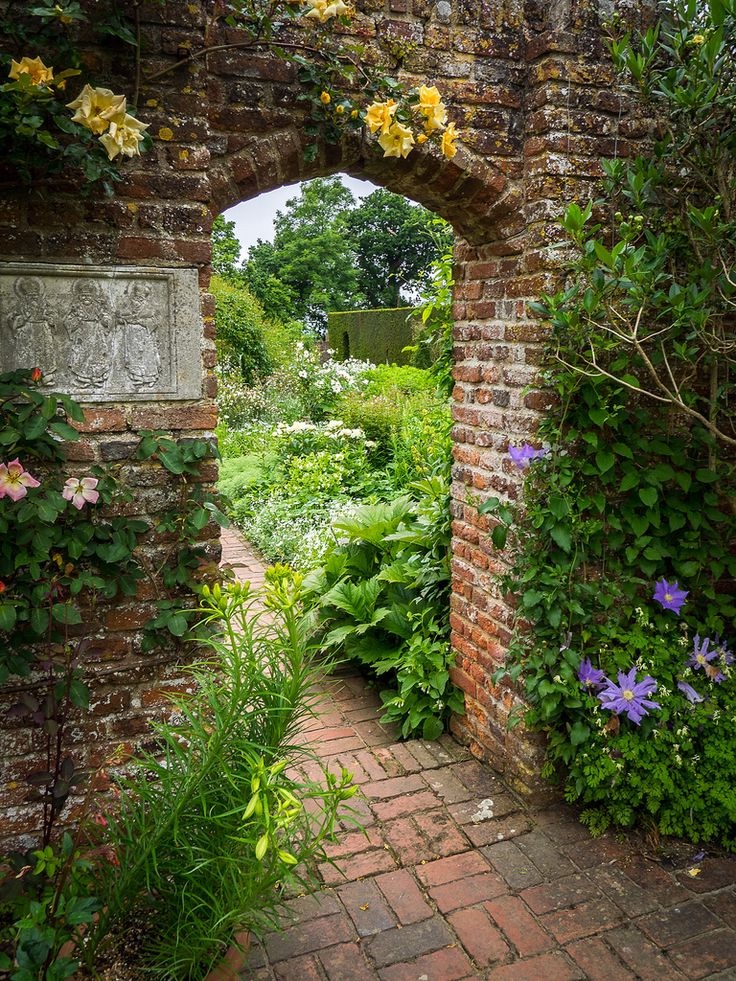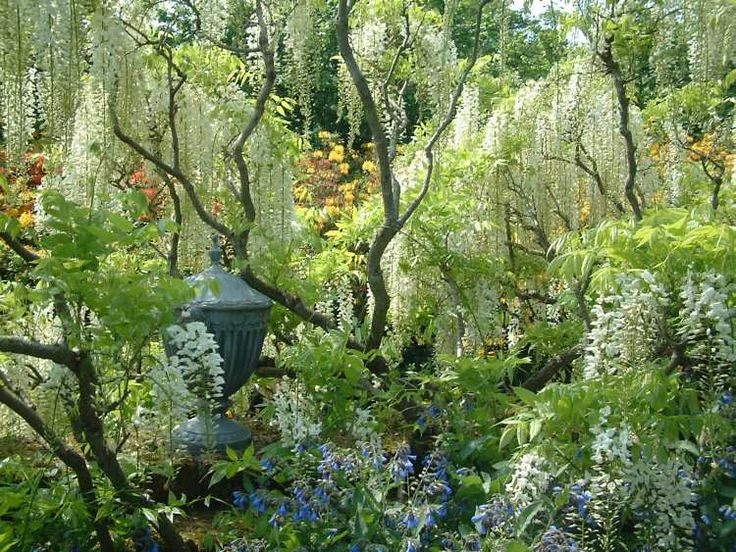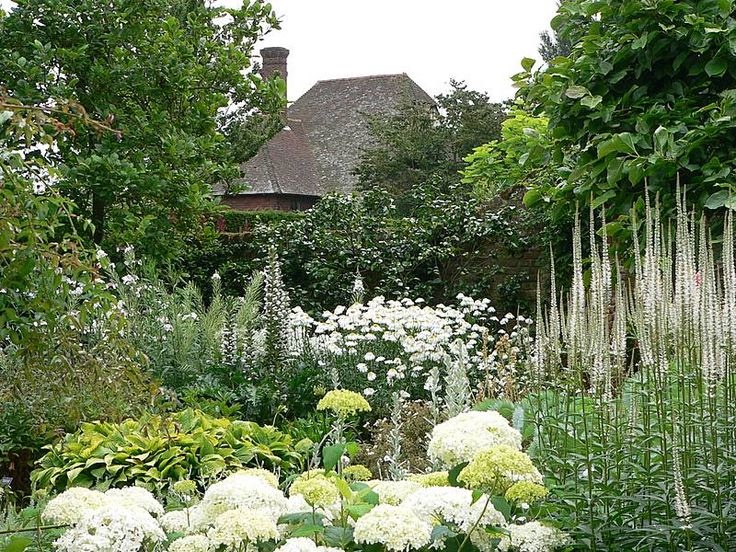Naturalistic plant design conjures the image of an undulating flower-scape interspersed with waving grasses and architectural seed heads. Best seen in high summer or autumn as the palette turns to hues of crimson, gold and bronze. However, this new perennial planting style, notably championed by Piet Oudolf, is only the current trend of naturalistic design – English gardeners have long tried to emulate the beauty of nature within the their garden walls.

When did it all begin?
William Robinson is much reputed for having started this trend in 1870’s – but it could arguably be dated to the early 1700’s. At this time gardening was seen very much as an art form – and the imitation of nature in art was much debated. In practise this resulted in many different forms of garden design but all drew on a new, more natural garden arrangement. It was during this time that the Landscape Movement was born, with the emergence of designers such as Humphrey Repton and Capability Brown whose legacies are still heavily influential on our perception of the classic English garden today.
He leaped the fence, and saw that all nature was a garden.
Horace Walpole of William Kent (1685-1748)

William Robinson & Gertrude Jekyll
Irish born William Robinson started working life at the National Botanic Gardens at Glasnevin near Dublin before going on to work in Regent’s Park, London. He later wrote for The Gardener’s Chronicle before launching his own magazine, The Garden in 1871 – the same year in which his first book, The Wild Garden, was also published.
He rallied against the Victorian love of formal planting design, in particular the extensive use of annual bedding plants, instead favouring the use of native plants and hardy perennials – radical at the time.
He believed that the garden should blend into the landscape, and it is with this principle in mind that he undertook planting at newly acquired Gravetye Manor in East Sussex. The woodlands here are planted with drifts of thousands of bulbs, the woodland edges softened by clever planting which allows different habitats within the landscape to flow.
During this time he met Gertrude Jekyll with whom his second book, The English Garden is written. Gertrude’s own garden, Munstead Wood, is also planted using naturalistic principles. She was also heavily influenced by the Arts and Crafts movement, collaborating with Edward Lutyens and William Morris, for whom the natural world was a huge source of inspiration.
“The gardener must follow the true artist, however modestly, in his respect for things as they are, in delight in natural form and beauty of flower and tree, if we are to be free from barren geometry, and if our gardens are ever to be true pictures. And, as the artist’s work is to see for us and preserve in pictures some of the beauty of landscape, tree, or flower, so the gardeners’ should be to keep for us, as far as may be, the living things themselves.”
William Robinson, The English Flower Garden 1883

Vita Sackville West
We owned a garden on a hill,
We planted rose and daffodil,
Flowers that English poets sing,
And hoped for glory in the Spring.We planted yellow hollyhocks,
And humble sweetly-smelling stocks,
And columbine for carnival,
And dreamt of Summer’s festival.And Autumn not to be outdone
As heiress of the summer sun,
Should doubly wreathe her tawny head
With poppies and with creepers red.We waited then for all to grow,
The Garden, Vita Sackville-West
We planted wallflowers in a row.
And lavender and borage blue, –
Alas! we waited, I and you,
But love was all that ever grew.
The poem above was a written by Vita shortly after moving to the Long Barn, near her family home at Knole. It was here that she was introduced to Gertrude Jekyll and lay the foundation of planting schemes later perfected at Sissinghurst Castle.
However, the poem refers to a house in Constantinople in which she lived briefly following her marriage. This house on a hill had a long abandoned garden and it is the natural exuberance of this wild space from which she draws joy and inspiration in her future gardening endeavours.

The Future of Naturalistic Garden Design in a Changing Climate
Diverting from the beauty of the traditional English landscape and country garden is an uncomfortable thought – sadly many of the plants traditionally used in these gardens are adapted to a temperate climate and already simply no longer viable in parts of the UK.
England has long been a land of gardens and gardeners – but we will need to adapt our vision of beauty, our understanding and our practises if our gardens are to meet the demands of climate change.
Moving forward, we are lucky to be able to refer to the work of incredible world leading institutions such as Kew and Cambridge Botanical Gardens as they explore the living landscape and unearth greater understanding of our natural world.
Here at The Leif Collective, we intend to be at the forefront of this new wave of discovery. Our garden designs will be underpinned by the latest ground breaking reports and, where appropriate, we will draw on horticultural knowledge from across the globe to design gardens able to withstand these new climatic pressures.


